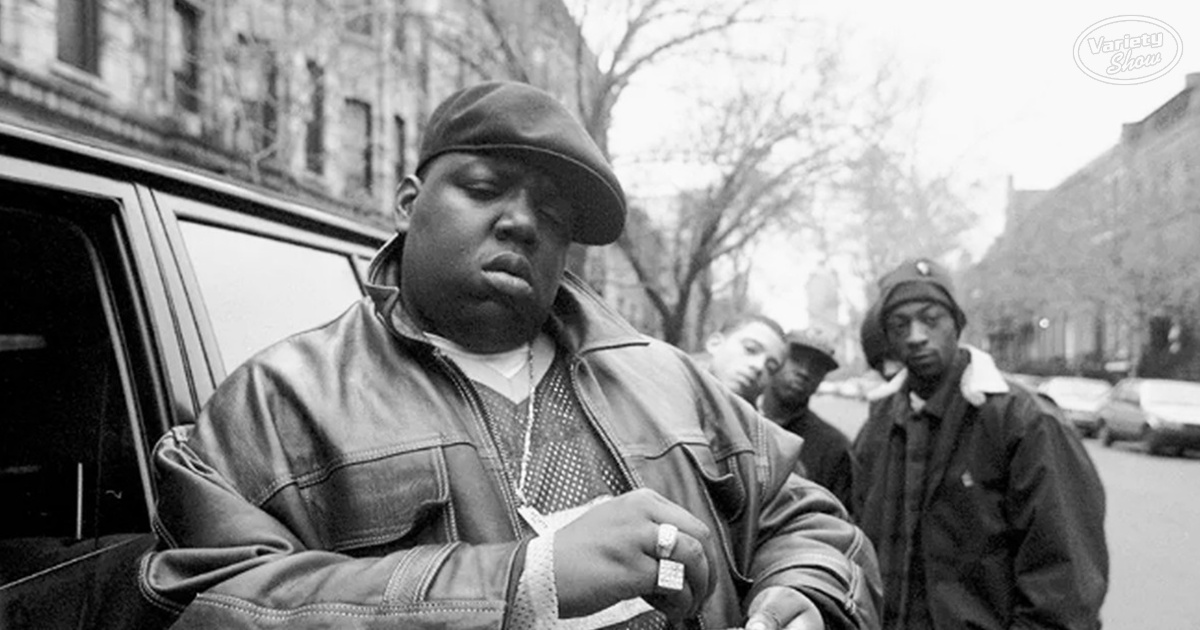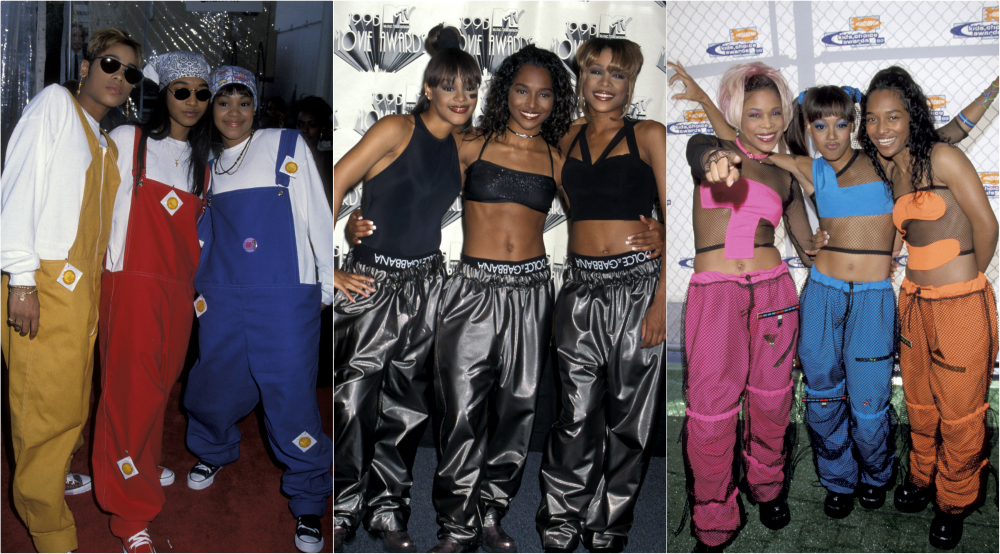

Sean Combs was the first to point the way towards a less antagonistic art form. While Biggie’s Life After Death album, released just a few days after, became the best-selling hip-hop album of all time, the genre was forced to do some serious soul-searching in its wake. The following year, Notorious BIG shared an eerily similar fate after he was shot and killed in a drive-by shooting. Six days later, 2Pac died from his injuries. Leaving a Mike Tyson fight in Las Vegas, on September 7, 1996, a car carrying 2Pac and Suge Knight was peppered with bullets. The simmering feud which had been building between Death Row and Bad Boy ended tragically. An astonishing double-album (hip-hop’s first) tour de force, All Eyez On Me confirmed 2Pac’s status as one of the genre’s most singular voices as well as one of its most successful, again hitting No.1, and shifting 566,000 copies in its first week. Released in 1995, while the rapper was still in prison, Me Against The World reached No.1 on the Billboard charts, while the following year he released All Eyez On Me, his first album for Death Row. Suge Knight, who would bail 2Pac out of prison later that year before signing the rapper to Death Row, joined the fray when he publicly insulted Sean Combs on stage at The Source Awards.ĢPac’s law-breaking notoriety hadn’t done his career any harm, and by the middle of the decade he was not only one of 90s hip-hop’s biggest stars, but one of the most bankable acts in music. While in prison, he later accused Sean Combs and former friend Notorious BIG, among others, of being behind the shooting. In 1995, one of LA’s biggest stars, 2Pac, was shot by a pair of muggers while in New York, the day before being found guilty of sexual assault. The rivalry between the two coasts’ hip-hop scenes was, however, far from healthy. Released on Sean Combs’ Bad Boy Entertainment label, that album’s hit singles “Juicy,” “Big Poppa” and “One More Chance” (which matched Michael Jackson’s “Scream” for the highest-ever debut on the pop charts), led to the album shifting over four million units, turning Biggie into a major star. The following year was just as strong for local talent, with Nas releasing his monumental debut, Illmatic, and Notorious BIG issuing his first, hugely successful, solo venture, Ready To Die. 1993 saw the release of A Tribe Called Quest’s incandescent third album, Midnight Marauders, and the arrival of Wu-Tang Clan, whose groundbreaking debut album, Enter The Wu-Tang: 36 Chambers, heralded a new era for gritty East Coast hip-hop. However, while New York was struggling to compete commercially, its scene was far from stagnant.

With Death Row Records releasing a succession of hugely successful G-Funk records by artists such as Tha Dogg Pound ( Dogg Food) and Snoop Dogg (whose 1993 debut album, Doggystyle, entered the Billboard charts at No.1), 90s hip-hop saw the West Coast usurp its Eastern counterpart as the dominant force in rap music, its artists becoming huge stars and establishing themselves as part of the mainstream. His revolutionary production style – christened G-Funk – was a canny mix of deep rolling bass, P-Funk-indebted grooves, and soulful vocals that smoothed the jagged edges of gangsta rap into a more accessible format which radio stations could get behind. To make matters worse, Gilbert O’Sullivan’s successful court case against Biz Markie, in 1991 (he’d used a sample of O’Sullivan’s “Alone Again (Naturally)” without consent), threatened to change the very way the art form was constructed no longer could producers use multiple samples, for fear of litigation.įorming Death Row Records with Suge Knight and The DOC, Dre used the fledgling imprint to issue his stratospherically popular debut album, The Chronic, at the tail-end of 1992. The success of gangsta rap groups such as Los Angeles natives NWA, whose 1988 debut album, Straight Outta Compton, detailed street violence in an uncompromising and explicit style, led to many radio stations pulling effective boycotts against hip-hop’s more aggressive artists. Yet, at the dawn of the 90s, hip-hop faced something of a crisis. Listen to the best 90s hip-hop on Spotify.

The huge hits of 90s hip-hop put the genre firmly at the top of the heap – a lofty position from which it’s never looked back. For the first time, its artists became superstars in their own right. Hip-hop firmly established itself as both a cultural and commercially viable force in the 1980s, but it was still primarily an underground concern.


 0 kommentar(er)
0 kommentar(er)
